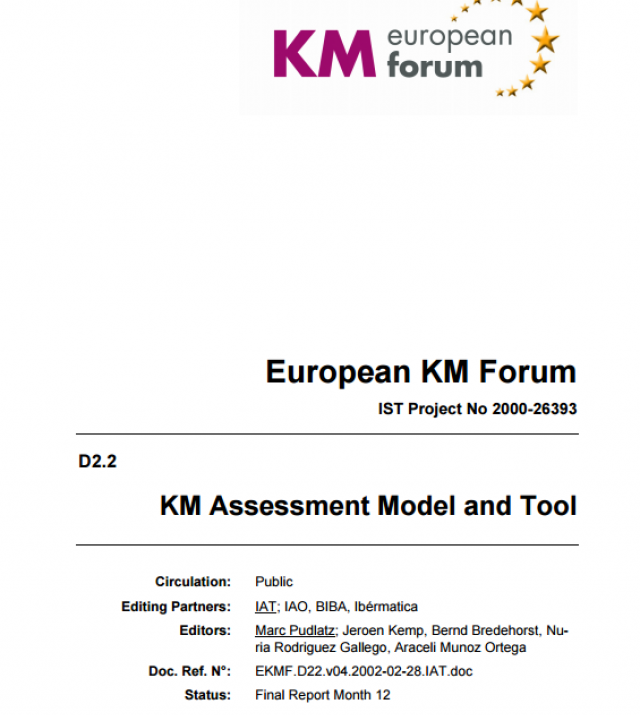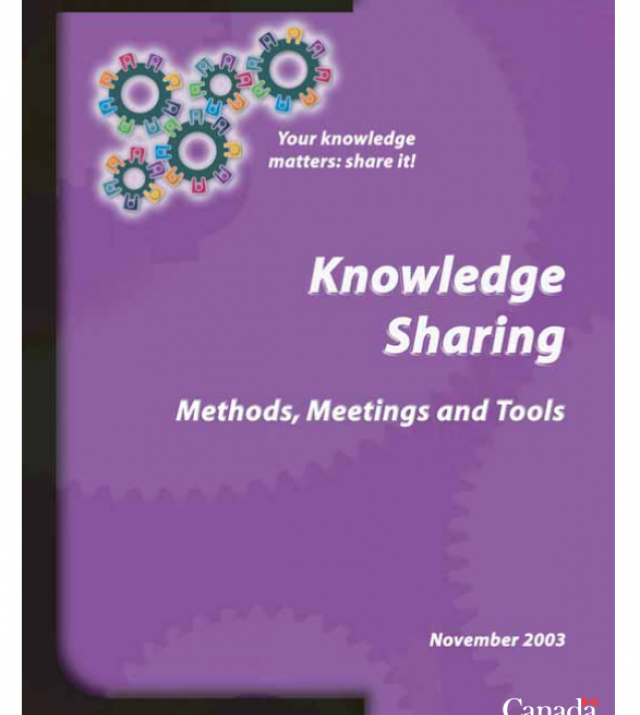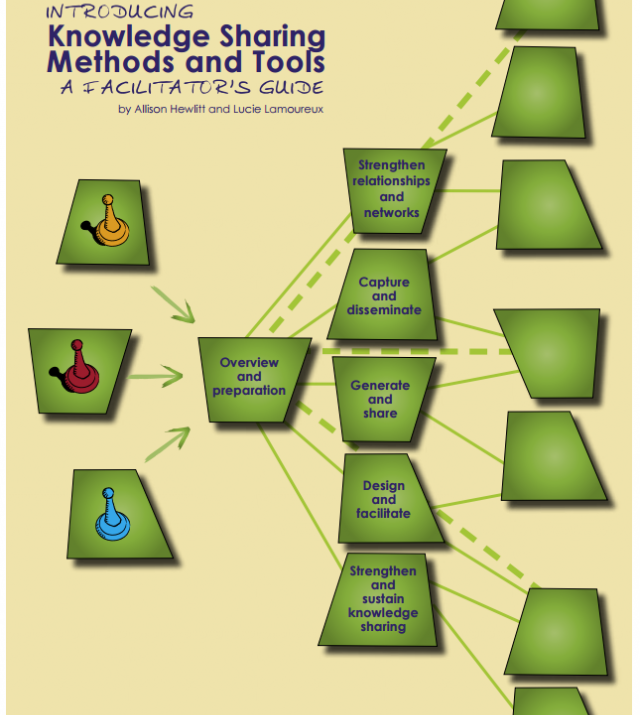
Knowledge Networks and Virtual Collaboration: A Framework for Success

Have you ever wanted to network and communicate with geographically distant colleagues? Have you ever needed to work together with partners to produce policy or program documents? Have you ever looked for an easy way to keep field staff up-to-date on headquarters activities and announcements? Have you wanted to give participants in regional or country-level meetings the opportunity for a follow-up online discussion forum? Have you ever wondered what type of web-based tools and practices are available that could help you in your work?
For those of us working in global public health, there is no shortage of email list-serves, research articles, conferences, websites, newsletters and publications competing for our daily attention. Yet, precisely when we seek immediate answers to urgent questions or expert guidance, it can be difficult to find what we are looking for. For those of us who live in countries with limited Internet services, we face more substantial barriers to accessing the information we need to do our work.
In order to address these gaps in knowledge and information transfer within the WHO, this guide provides recommendations and lessons learned so that you can create, manage, and evaluate a knowledge network. In this instance, a “knowledge network” is defined as a group of people who collaborate, interact and share work-related experience, expertise, know-how, contextual information and resources to get a job done. In practice, knowledge networks can encompass a range of activities, from a time-bound virtual working group organized to undertake a specific assignment such as reviewing a document or planning a meeting, to a global online discussion forum, to virtual support and follow-up to meetings and conferences.
What we offer here are the first steps to get started as a facilitator of a knowledge network. With that said, the skills necessary to effectively facilitate the exchange of expertise and experience among your colleagues will take time to develop. The tools presented in this guide are crucial components in the transfer and application of knowledge but they are no substitute for the professional relationships that these communities rely upon. Included here are recommendations relating to all three components of a successful knowledge sharing strategy: people, process and technology.

